Electricity plays a very important role in our lives today. Most appliances and household items need electricity to operate well, from heating systems, lights, and televisions to batteries in cars or electric vehicles, etc. There are two main types of electricity, including direct current (D.C.) and alternating current (A.C.).
However, understanding their uses, properties, and differences may be challenging and confusing to many of us.
This article will answer the question of what ac and dc stand for and their properties. From there, we can know the difference, what they apply to, and use them more effectively.
What Does AC Stand For?
The term A.C. refers to alternating current. It is described as a charge flow that undergoes periodic direction changes.
In other words, it is a type in which the direction of the electricity’s flow alters over time due to the continuous and periodic switching of the negative and positive sides. This is also a brief answer to the question, what does ac power mean?
The movements of the A.C.’s electrons generate a sinusoidal wave. Because of this wave motion, A.C. power may be transmitted farther than D.C. It’s a major benefit when providing power to households through electrical outlets.
Therefore, the typical electricity flow from a generator or an outlet is known as A.C. We can simply understand that electricity generated at power plants and sent to residences is alternating current.
What Does DC Stand For?
D.C. stands for direct current power. It is defined as a linear electrical current. Therefore, it moves in only a straight path. In general, we can say that the direct current is a technique where electricity always flows in one certain direction.
Multiple sources provide direct current in our lives—for example, batteries, solar panels, fuel cells, and some adjusted alternators. In addition, we can get D.C. from an A.C. source by utilizing a rectifier, a device that allows us to change the alternating power into a direct current.
Since DC electricity delivers voltage more consistently, most electronic devices employ D.C. sources. As a result, we can easily find a rectifier in devices. It is frequently included in a device’s power supply to convert A.C. from electrical outlets to D.C. However, let’s remember that not all electrical appliances use D.C. energy.
Are Batteries AC Or DC?
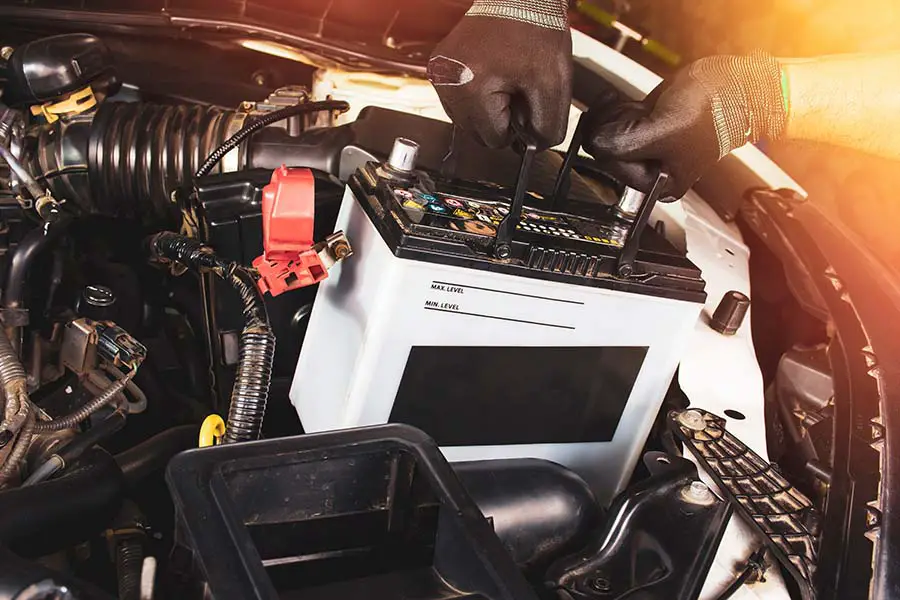
All batteries are direct current (D.C.), even lithium-ion batteries which power multiple devices, such as laptops, drones, and electric vehicles.
Some people misunderstand that because of the AC-required system, their batteries should be A.C. Let’s be aware that A.C. batteries do not exist. In those circumstances, the D.C. battery can be converted and produce A.C. through an inverter for the electrical devices to operate.
Characteristics Of AC And DC Power Supply
Ac Power
The electricity market is generally dominated by A.C. All electric outlets provide A.C. electricity, including buildings, households, etc. In addition to the advantage of farther transmission, the way generators turn makes it far simpler to produce A.C. than D.C. Furthermore, the A.C. system is also generally less expensive to run.
Many pieces of equipment operate with A.C. For example, fridges, fans, washing machines, ovens, vacuum cleaners, etc.
Pros
- Able to transfer high voltage, resulting in less power loss
- Easy and flexible to transform
- Shut-down option when the electric current is flowing gives higher control and avoids incidents
- Do not have to bother about negative and positive voltage.
Cons
- Affected by capacitors, conductors, coils
- Need a voltage greater than the target voltage
- Inappropriate for ultra-long transmission
Dc Power
When a gadget has to store energy in batteries for later use, D.C. is typically used. For example, portable generators, flashlights, smartphones, computers, CCTV systems, laptops, wireless headphones, power bank chargers, etc.
In case when we charge the device from outlets, an attached rectifier converts A.C. to D.C. and then stores that energy in the battery.
Pros
- High stability, has no circuit delay or advance
- Reactive power is not produced
- Able to store energy
Cons
- Hard to interrupt the operating current
- Challenging to make voltage conversion
- Has a large-scale electrolysis
Conclusion
Both AC and D.C. are important to our modern-technology lives. A.C. is characterized by its direction changes over time, while D.C. keeps its linear all the time. Moreover, let’s notice that alternating current is highly efficient in power transmission, leading to its appearance in electrical outlet systems. In reverse, D.C. power acts better in energy storage for future uses.
After reading this post, hope we all know what does ac and dc stand for, their uses, and properties, helping us utilize them more effectively and appropriately.

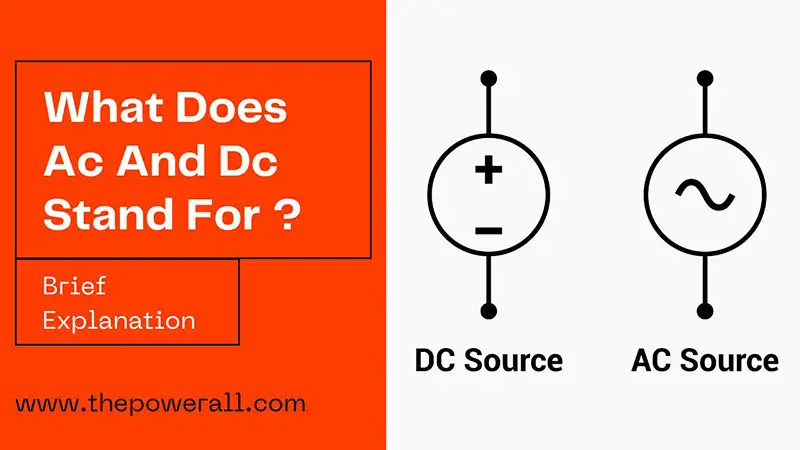


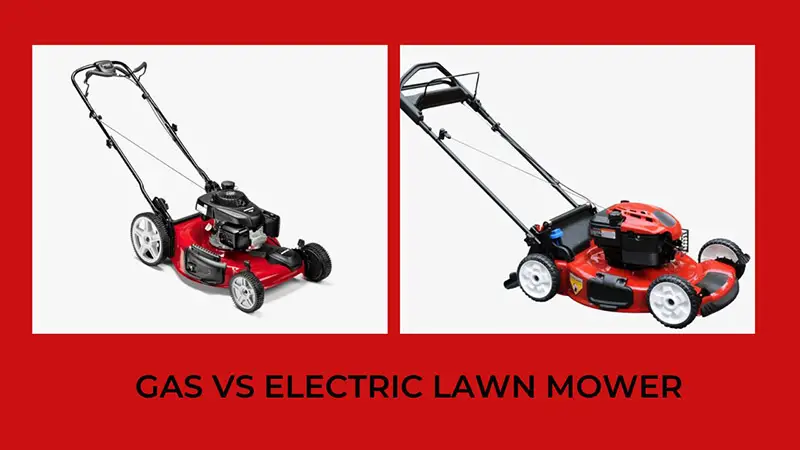
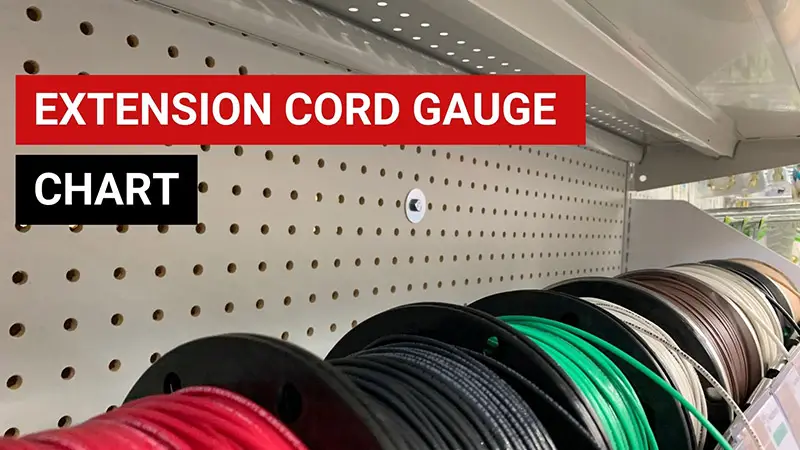
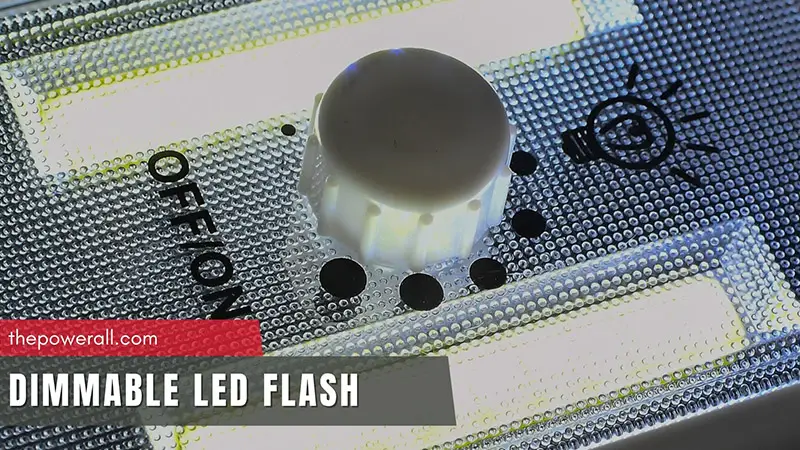


0 Comments